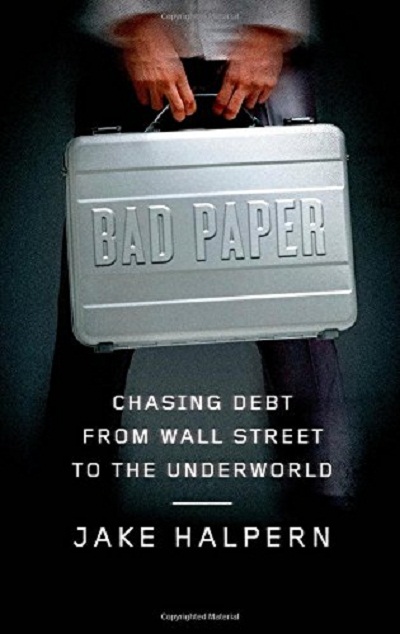Is This Legit?

I’ve written a lot about financial fraud at Aleph Blog. ?I try to encourage people to be skeptical, because it is genuinely rare when a deal is exceptionally good for an average person. ?Most of the time in life, you are doing pretty well if you are getting a fair deal, particularly when it comes to financial matters. ?Most people selling financial products know more about the product than the?prospective buyer.
Thus, Aleph Blog has written about a wide number of deals that are bad, and those that are outright fraudulent. ?(At the end of this article, there will be a sample of articles that I have written.) ?Not that anyone appointed me, but I regard this as one of my sub-missions, in writing this blog. ?Cleaning up the investment world should be a goal of many legitimate investors, because the cleaner things are, the better the culture of trust will be for legitimate financial products.
Now, Aleph Blog does this service on two bases: free and paid. ?Free is for the simple stuff. ?If you write an e-mail to me asking “Is this legit?” and it is simple enough for me to give a quick answer through a blog post, I will likely (but not certainly) write a post on it, or point you to one I have written. ?I may even answer the companion question, “Is it a smart thing to do?” ?Most of what I do here will fall into the free category.
The complex stuff is another matter. ?I have done analyses like these for prior employers, and on a freelance basis for wealthy individuals and corporations. ?Examples have included:
- Analyzing whether the Permanent Portfolio idea works or not (and other investing theory questions).
- Analyzing a complex tax avoidance deal that involved insurance, securitization, and other factors.
- Analyzing whether a private business deal looks legitimate.
- Analyzing whether a securitization deal looks legitimate.
- Analyzing complex bonds or other securities for value.
- Giving a second opinion on an investment question.
- Giving a second opinion on a new investment product.
- Giving a second opinion on a financial plan.
I like an occasional complex project because it keeps my skills sharp. ?I am a good financial modeler, and though I did not go to the finals the last two years in the Modeloff competition, I placed well in the first round the last two years, and in the second round in 2013 was in the top half, and though I qualified, this year I could not compete in the second round due to a schedule conflict (presbytery meeting).
If a project does not fit my expertise, I will turn it down. ?Why waste your?time and mine? ?If I don’t have slack time, I will turn it down — my investment clients come first. ?But if you have an interesting project that you think might fit me, email me, and let’s talk. ?I am willing to sign confidentiality agreements, and not publish the results if need be.
Beyond that, let’s make the financial world better, and eliminate as many scams as we can.
Articles
- On the ?770? Account?– using life insurance as an asset accumulation tool — generally a bad idea. ?(Gets a lot of hits a my blog regularly), also?Using Life Insurance Products to Fund Long-Term Needs
- Why Are We The Lucky Ones??– on some private securitizations and collateralized loans that never saw the light of day due to my due diligence.
- My continuing articles on promoted stocks
- The Madoff series ? A New Appreciation for the Plumbing, Book Review: No One Would Listen, Book Review: The Club No One Wanted To Join, Book Review: How To Smell a Rat, Book Review: The Wizard of Lies, Enduring Ponzi
- On Con Men?– on a sketchy business plan
- On Con Men, Advanced Edition?– various sorts of?financial products that are usually not good deals
- On Hucksters?– business ideas that were “too good to be true”
- Get a Piece of the Schlock?– On “Rich Dad”
- Selling Options Cheaply (Did You Know?)?– on structured notes, and other dodgy bonds
- On Avoiding Con Men?– being wary of passive income streams generally
- Book Review: The Big Con?– a review of the con men of yesteryear with applications to today
- Permanent Asset Allocation?– on the Permanent Portfolio idea — I have more unpublished behind this.
- Bombing Baby BDC Bonds?– even though the deal has gone well so far, the protections are weak, and the bonds are illiquid
- The Art of Extracting Large Commissions From Investors?– legitimate financial products that you should usually avoid
- Protect Your Older Family & Friends?– scams that prey on the elderly
Hey, thanks for reading… 😉 and play it safe, please.









